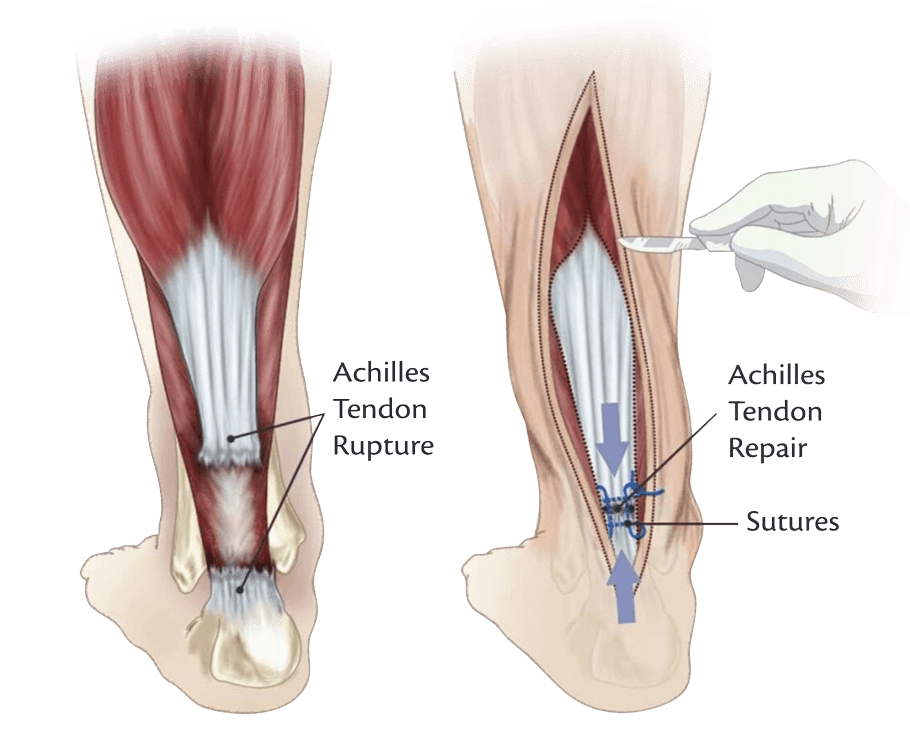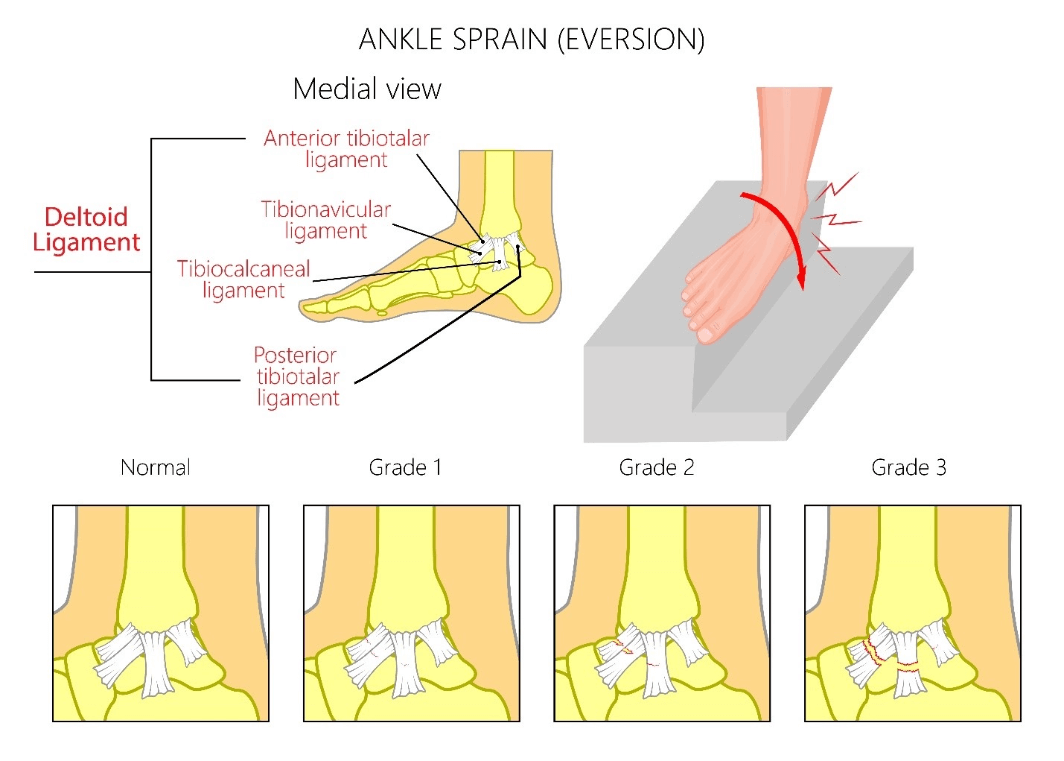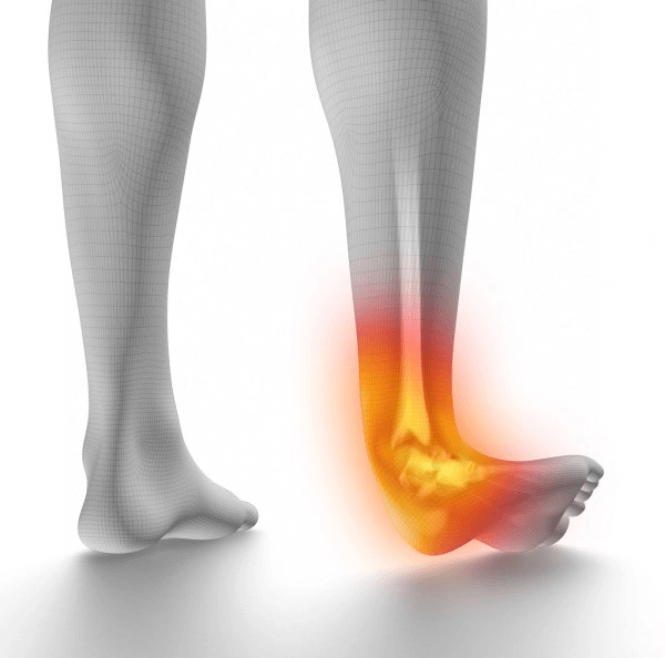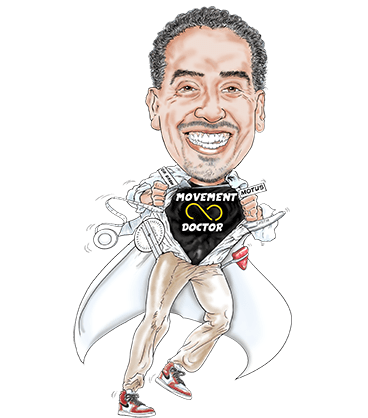What You Need To Know About Medial Ankle Sprain

AKA Deltoid Ligament Sprain
With all of the pivoting, jumping, and sudden deceleration required in sports like basketball, soccer, and football, it’s not surprising to hear that ankle sprains are a common injury treated at MOTUS. In an ankle sprain, a ligament in the ankle tears, either partially or completely, leading to pain, swelling, tenderness, and instability.

In a medial ankle sprain, the deltoid ligament is affected. This ligament is located on the inside (medial side) of the ankle, and helps stabilize the joint and prevent the ankle from rolling inward. That inward rolling is called eversion, and excessive eversion is what causes a medial ankle sprain.

The deltoid ligament and its surrounding structure are extremely strong and sturdy. Because of this, medial ankle sprains are much less common than sprains involving the outside of the ankle. It’s more common to see a medial ankle sprain along with a fracture to the outside of the ankle joint than it is to see isolated injuries to the deltoid ligament. But, the conditions of sports like those mentioned above make it more likely that a patient will experience an eversion sprain.

Every type of ligament injury is categorized into one of three grades. Grade I is the most minor, and involves a small injury that hasn’t stretched the ligament. In Grade II, the ligament is stretched, but not torn. Those with a Grade III medial ankle sprain will have completely torn the deltoid ligament.
A medial ankle sprain typically takes longer to heal than a lateral ankle sprain, but we can usually treat it by conservative means. Were you to be diagnosed with a first or second degree medial ankle sprain, we would start by managing your pain and inflammation with tools like hot and cold therapy. With these injuries, it’s important to maintain movement from the beginning so that you can avoid losing range of motion.
From there, we can work towards increasing your strength, stability, and function by introducing you to a program of therapeutic exercises and stretches.
Most Grade III injuries require surgery to fix the completely ruptured ligament. After surgery and a period of rest with the ankle immobilized, you would continue with the steps prescribed to first and second degree sprains.
Our ultimate goal will be to help you protect yourself from reinjury, so part of the recovery process at MOTUS involves working on rehabilitation exercises that will help you stabilize the ankle to prevent more injury in the future.
Are you suffering from a Medial Ankle Sprain?
We’ve helped hundreds of people at all walks in life
get back to performing their best painfree!
ARE YOU SUFFERING FROM A MEDIAL ANKLE SPRAIN?
3 Ways to Level Up Your Rehab and Injury Prevention With Us
3 Ways to Level Up Your Rehab and Injury Prevention With Us








